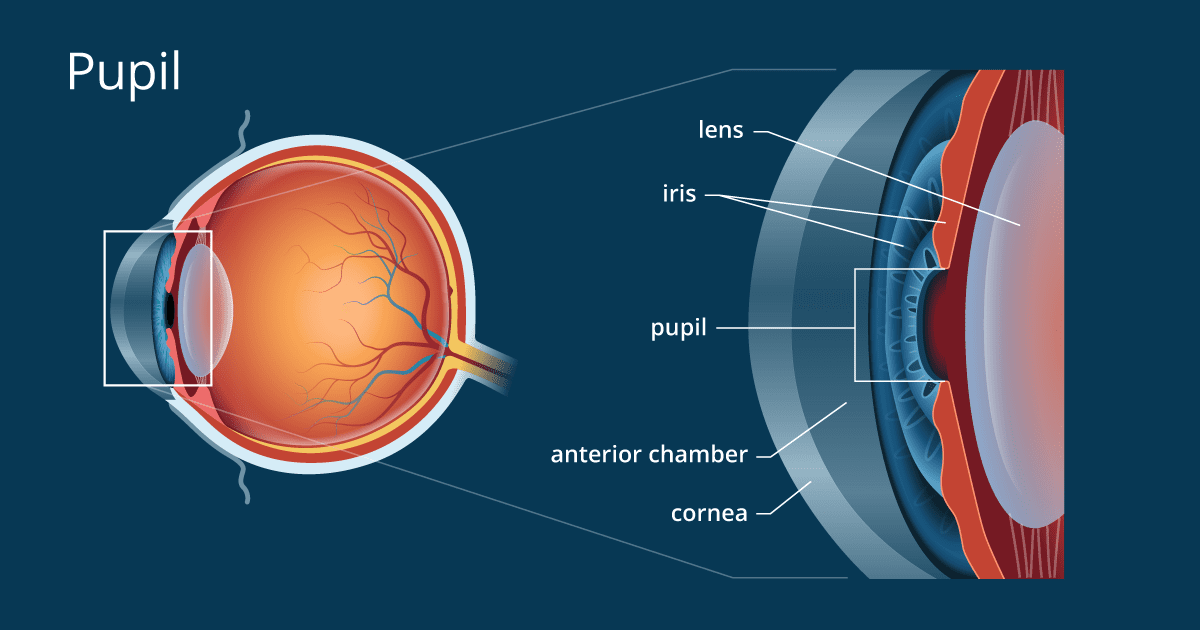
“When we are losing species,” Faivovich says, “we’re actually losing the opportunity of learning a lot about them.
Split pupil in eye skin#
With a biodiversity crisis caused by a skin fungus that has led to many presumed extinctions of frogs and toads worldwide, researchers may be losing clues to this mystery ( SN : 3/28/19). And the team will consider other lifestyle factors, including how high frogs climb or whether they lay eggs in water, as well as other eye characteristics, such as iris color, to see if those factors matter to pupil shape. The scientists plan to continue investigating what drives pupil evolution in tree frogs, a smaller group with fewer types of pupil shapes. Pupil shapes generally didn’t correspond with animals’ lifestyles and habitats. But how the shape influences what animals actually see isn’t well-known. Pupil shape affects the amount of light that reaches the retina and its light-receiving cells, says Nadia Cervino, a herpetologist also at the Argentine museum. Cervino et al/ Proceedings of the Royal Society B 2021 From photos of over 3,200 species of frogs and toads, researchers found seven main pupil shapes: vertical slit, horizontal slit, diamond, triangle, circle, fan and inverted fan (from left to right, top to bottom). Underlying reasons including optic neuritis and. In tests, the affected pupil will dilate more than the unaffected pupil. All together, these seven shapes have evolved at least 116 times, the researchers say. Marcus Gunn pupil is a condition in which vision problems affect one eye. Though uncommon in other vertebrates, horizontal pupils seem to have given rise to most of the other shapes in frogs and toads. Mapping pupil shapes onto a tree of evolutionary relationships allowed the scientists to infer how these seven shapes emerged. The most common shape, horizontal slits, appeared in 78 percent of studied species. The team identified seven main shapes: vertical slits, horizontal slits, diamonds, circles, triangles, fans and inverted fans.

Yet “there’s almost nothing known about the anatomical basis of that diversity.”įaivovich and colleagues catalogued pupil shapes from photos of 3,261 species, representing 44 percent of known frogs and toads. People have long marveled at the animals’ many iris colors and pupil shapes. 25 Proceedings of the Royal Society B.Įyes are “among the most charismatic features of frogs and toads,” says herpetologist Julián Faivovich of the Museo Argentino de Ciencias Naturales “Bernardino Rivadavia” in Buenos Aires. But overall, there are seven main shapes of these animals’ peepholes, researchers report in the Aug. Frog and toad pupils come in quite the array, from slits to circles.


 0 kommentar(er)
0 kommentar(er)
